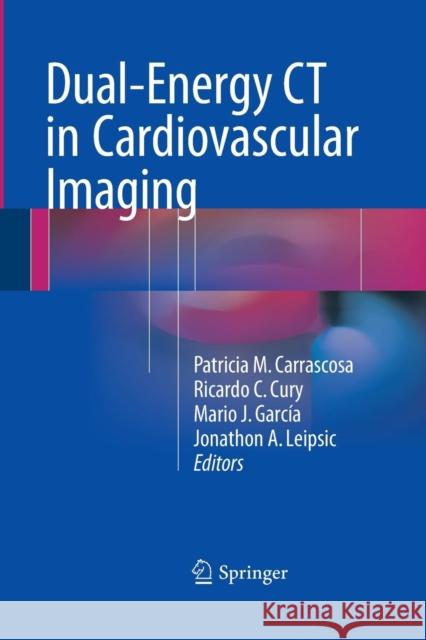Dual-Energy CT in Cardiovascular Imaging » książka
topmenu
Dual-Energy CT in Cardiovascular Imaging
ISBN-13: 9783319354613 / Angielski / Miękka / 2016 / 277 str.
Kategorie BISAC:
Wydawca:
Springer
Język:
Angielski
ISBN-13:
9783319354613
Rok wydania:
2016
Wydanie:
Softcover Repri
Ilość stron:
277
Waga:
0.41 kg
Wymiary:
23.39 x 15.6 x 1.55
Oprawa:
Miękka
Wolumenów:
01
Dodatkowe informacje:
Wydanie ilustrowane











